
Hillman car cover is not just a dust sheet. For classic Hillman cars parked in garages, carports, barns, or storage units across the United States, a correct-mechanism cover works like a second skin that lets the surfaces breathe, stay still, and avoid contact damage throughout long parking periods. The familiar story for many owners is very ordinary: the car goes into the garage at the end of fall, and by early spring the cabin carries a faint musty smell, glass shows stubborn mineral spotting, chrome loses its mirror shine and develops tiny pitting, paint loses depth and looks dull, and sometimes a faint straight mark runs along the hood edge as if printed by a seam. There was no impact, yet damage kept accumulating day by day because moisture was trapped, fine dust acted like an abrasive, harsh sun accelerated material aging, or simply the cover worked with the wrong mechanism. This article stays with the pain point of value loss and rising maintenance, and gives you a clear roadmap: understand causes, see the chain of consequences, then proactively use a Hillman car cover as a second skin to block damage at the source.
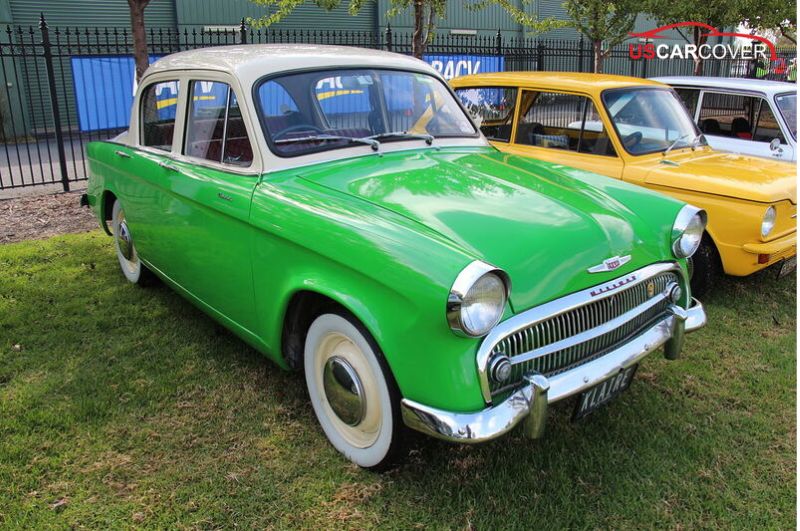
Related Articles: Graham car cover: long-term storage solution with ultra soft liner, recessed seams, and breathability
Why Hillman value “evaporates” quickly if storage is poor
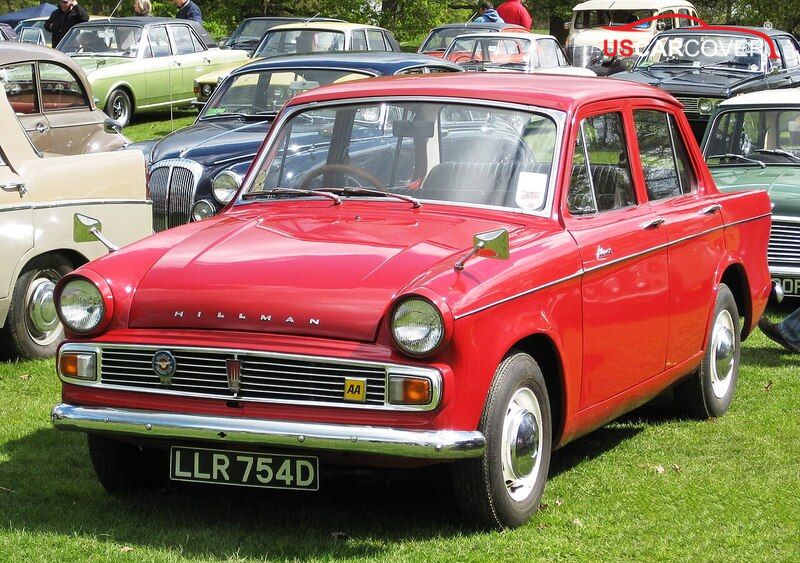
Before thinking about expensive restoration invoices, look squarely at the principle of value loss in classic cars: value comes from originality and stable surface condition over time. Hillman draws people in with British classic styling, tidy proportions, soft flowing panels, and era-correct details like grilles, trims, handles, and wheels. The same “classic character” travels with a sensitive material set. Lacquer or nitrocellulose paint is thin and soft, so repeated friction easily creates micro swirls. Vintage chrome and plated trims with older steel bases pit readily when salty moisture lingers. Large curved glass spots if condensate stays longer at edges. Leather, vinyl, and wood veneer inside the cabin are sensitive to UV and day–night temperature swings.
When the car sits still in a garage, barn, or storage unit, four small but stubborn factors quietly combine: humidity swing around the dew point, airborne fine dust, light airflow that causes micro vibration in a cover, and hard edges from seams and hems. A few weeks of that is enough to trigger a silent aging cycle: trapped moisture creates musty odor and spotting; dust plus micro vibration makes swirls; UV and heat fade plastics and vinyl and dry leather; sea salt lingering on surfaces initiates chrome pitting. A correct-mechanism Hillman car cover intervenes exactly at these links: it lets surfaces “breathe” instead of being steam-trapped, keeps the cover steady instead of ballooning, turns contact into cushioned touch instead of rubbing, and cuts solar energy at the outer face.
Related Articles: How to choose a GMC car cover for Urban areas, the Sun Belt, the Snow Belt, coastal regions, and high-wind plateaus
Hillman: classic beauty and the surfaces that need priority protection

One reason many owners hesitate when choosing a Hillman car cover is not being able to translate classic beauty into the technical language of surface protection. Imagine running your hand along a Minx or Super Minx: flowing curved panels, soft glass edges, rounded shoulders, and slim bright chrome strips. Every surface has its own temperament and needs a different “conversation” when it sits under a cover.
With lacquer or nitro paint, thickness and hardness are modest; a light film of fine dust plus repeated motion is enough to imprint halo-like swirls that show under lights. With vintage chrome, salt in the air or rainwater leaves micro crystals on the surface; if moisture does not escape, pitting starts at windward corners and trim edges. With large curved glass, dew condenses at the dew point and frames the perimeter; if it is pressed damp for long hours, you get mineral rings that are hard to remove. With leather, vinyl, and wood veneer, UV and heat swing accelerate oil loss, cracking, fading, and dull finishes. That is why a Hillman car cover must do four jobs at once: a liner soft enough so touch never becomes abrasion, a fit tight enough to stop ballooning, a fabric that truly breathes so vapor can escape, and an outer face that manages water and UV so wet time and heat load both drop.
Related Articles: Geo car cover: reduce maintenance, protect 90s dashboards and plastics, and preserve resale value
Hillman car cover as a system: four elements that create a second skin

There is no single magic layer that protects a classic car. Real effectiveness arrives when functional layers work together as a system. A Hillman car cover should therefore deliver four pillars. Each pillar addresses a direct cause of damage, and together they turn cover handling into a light, safe habit
Ultra soft liner: cushioned contact that never becomes rubbing
- A cover with a rough, fuzzy, or dye-bleeding liner is essentially ultra fine sandpaper on lacquer. A true ultra soft liner must feel smooth enough that your fingertip senses no grain, must not fuzz over time, and must not bleed color when damp. During installation and removal, a soft liner turns pushing and dragging into a gentle glide that follows gravity. While the car sleeps, the liner plus a tight fit suppresses micro motion caused by airflow. If you have seen a milky haze on black panels that only appears under lights, that is often the signature of a subpar liner plus the habit of pulling sideways to go faster. When you switch to a Hillman car cover with a proper ultra soft liner and adopt the rhythm of set nose, align mirrors, let it fall, and secure, those faint marks simply run out of chances to appear.
Custom fit: geometry lock that suppresses ballooning
- The silent enemy of paint surfaces is an air pocket under the cover. Generic sizes leave extra fabric at the nose, A pillar, or rear glass, creating cavities that inflate and deflate with even slight airflow. Each inflation is a tiny pass of dust moved across paint like a micro abrasive pad. A custom-fit Hillman car cover ends that loop with correctly placed mirror pockets, elastic hems that hug edges, a tail drop that matches fastback or estate shapes, and precise allowances for antennas or auxiliary lights. Once geometry is “locked,” the cover stays still, dust stops acting as an abrasive, and seam edges no longer find leverage to print faint lines.
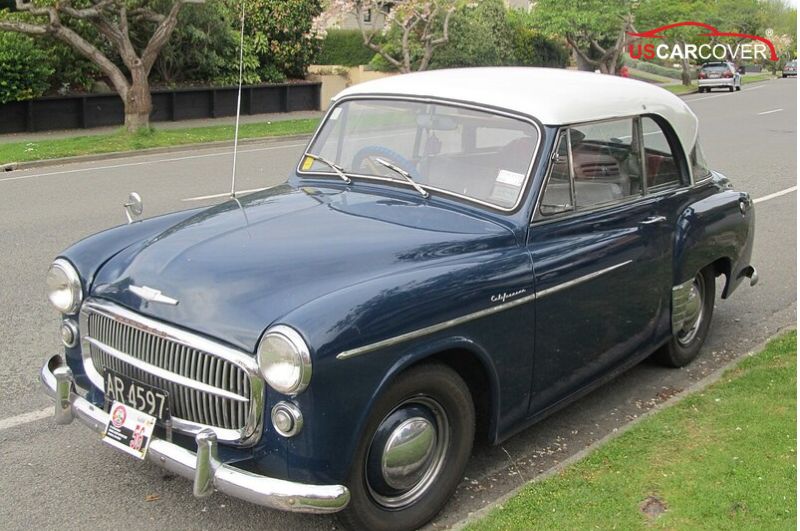
True breathability: let the surface breathe so moisture is not trapped
- Many people equate breathability with flimsiness and choose sealed materials for peace of mind. That is the quickest way to create a moisture greenhouse right against paint, glass, and chrome. A micro-porous core allows vapor to diffuse upward, while the outer face is finished so water beads into rounded droplets and rolls off. When ambient temperature shifts overnight and surfaces hit the dew point, condensation appears; if the cover breathes, that vapor finds a way out; if the cover seals, moisture is pressed at the interface for long hours, causing musty odor, glass spotting, and light corrosion along metal lips. A Hillman car cover that truly breathes keeps the underside dry by days and weeks, not dry by hours and damp again.
Water beading and UV reflection: shorten wet time and lower cabin heat
- A fabric that becomes uniformly waterlogged presses moisture on surfaces for too long. A finished outer face that beads water lets droplets roll away quickly, which shortens wet time at paint and glass. At the same time, a UV-reflective, light-colored outer face reduces cabin heat under harsh sun in the Sun Belt. Less heat means slower aging for leather and vinyl, preserved depth for wood veneer, and lower thermal stress on adhesives and seals. In sum, you lower system-wide heat without touching the car’s structure.
These four pillars are complete only when paired with recessed seams, soft hems, and sensible underbody anchoring. Recessed seams eliminate hard edges that can print over time, soft hems turn sharp contact into cushioned contact, and multi-point anchoring distributes tension and keeps the cover stable even in ventilated storage.
Related Articles: Genesis car cover: extend vehicle lifespan by blocking dust, leaves, UV, and heavy rain
By the numbers: why a Hillman car cover prevents costs better than emergency fixes
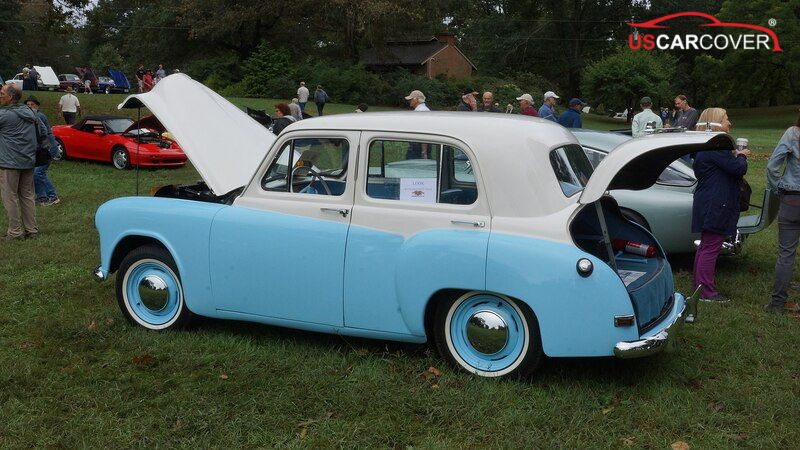
It is easy to agree that originality matters most, but changing habits becomes convincing when numbers add up. Every swirl-correction session on lacquer eats into the safety margin of the paint, and proper work is neither cheap nor fast. Removing mineral rings at curved glass edges can require repeated chemical treatments, or even glass replacement if the ring is etched too deep. Rechroming is expensive and time-consuming, with a real risk of losing the original look if the process is off. Conditioning or restoring leather, vinyl, and wood veneer costs money and cannot always bring back the original soul if UV and moisture have done long-term damageA correct-mechanism Hillman car cover does not erase all risk, but it stretches the interval between major interventions: fewer emergency swirl corrections, fewer glass decontaminations, brighter chrome for longer, and interiors that stay richer in tone. The benefit shows not only on invoices; it shows in peace of mind when every cover removal feels like the car “still looks like yesterday"
Related Articles: Freightliner car cover: convenient and durable, snow resistant, UV resistant, rain resistant, effective tractor protection
FAQ
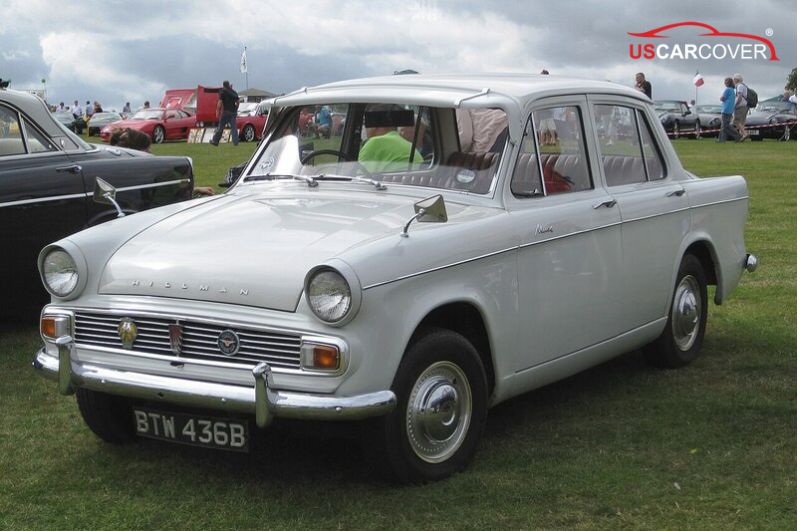
Understanding what a cover can and cannot do is part of maintaining good habits. This section brings together frequent questions so you can use a Hillman car cover confidently and consistently:
Does a breathable cover let rain soak through and wet the car?
- Breathable means vapor can diffuse from below, not that rain passes downward. The outer face is finished to bead water so droplets roll off. In very heavy rain, water may sit on the fabric surface, but the underside remains significantly drier than leaving the car bare.
Why are recessed seams and soft hems important for classic cars?
- Raised seams and stiff hems create micro sharp edges. If the cover vibrates lightly for days, that edge prints a very faint line on curved panels or glass edges. Recessed seams and soft hems remove that invisible blade entirely
Is it acceptable to cover when surfaces are still damp?
- Not when you plan long-term storage. Let paint, glass, and chrome dry fully. If the cover gets wet after a damp night, air-dry it completely before storage to avoid odor and mildew
How should I wash the cover for durability?
- Shake out dust often, wash gently according to fabric guidance, avoid harsh chemicals, air-dry completely. For an ultra soft liner, clean by light brushing, not aggressive scrubbing that creates fuzz.
Related Articles: Compact and durable, rain resistant, strong UV protection, effective cabin cooling
Where to buy a Hillman car cover you can trust the first time

A good cover is most valuable when it lets you stop thinking every time you install or remove it. That happens only when you buy from a place that understands how classic cars age in real U.S. conditions, offers custom-fit forms by model and year, clearly separates indoor and outdoor options, and explains in plain language the mechanisms of an ultra soft liner, recessed seams, breathability, water beading, and anchoring. At US Car Cover, you can find the right Hillman car cover for humidity-controlled garages (indoor with an ultra soft liner, recessed seams, and soft hems) or for carports, barns, and open storage (outdoor with breathability, water beading, UV reflection, and multi-point anchoring). More importantly, you get advice tailored to local climates from the Sun Belt and Snow Belt to coastal and high-wind plateaus, so you can lock in a configuration the first time and turn install and removal into a quick, consistent habit.
Once the form is correct, the liner is soft enough, the core breathes, and the outer face sheds water well, every install and removal feels the same, quick and clean. As that habit forms, emergency invoices for swirl correction, glass decontamination, rechroming, and deodorizing naturally thin out. The deeper value lies in preserving originality, which both collectors and future buyers prize.
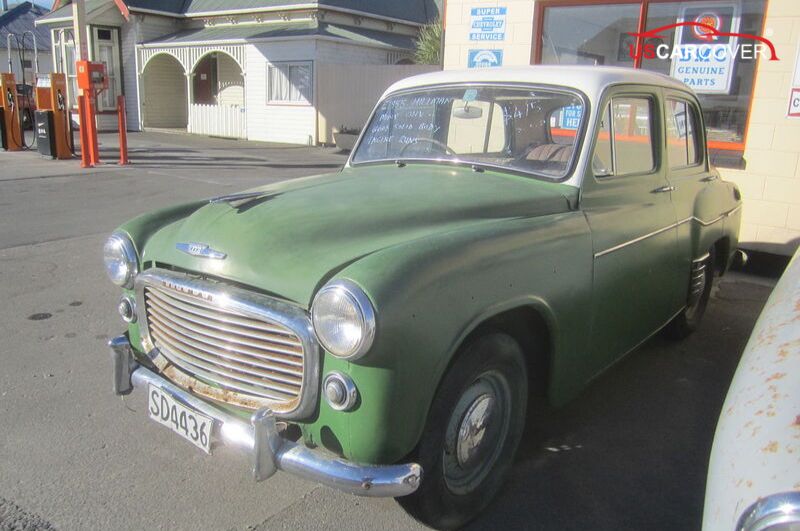
Related Articles: Fiat car cover: Should you choose Full cover or half cover for Fiat
Preserving value for Hillman is not a journey of large after-the-fact invoices. It is the art of preventing issues at the start. A correct-mechanism Hillman car cover with an ultra soft liner so contact never becomes marks, a custom fit that suppresses ballooning, a breathable core so moisture is not trapped, and an outer face that beads water and reflects UV to shorten wet time and reduce heat, plus recessed seams, soft hems, and proper anchoring, can slow nearly every surface-aging mechanism. The result is not only a better-looking car each time you lift the cover, but also fewer invoices, fewer interruptions, and most importantly, preserved originality. From the moment you treat the Hillman car cover as the car’s second skin, you have already gone a long way toward keeping value and extending lifespan instead of paying for the damage that happens while the car simply sits still.
